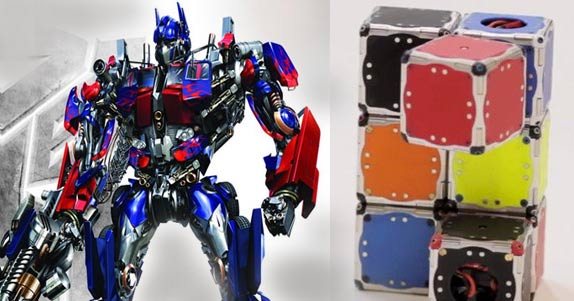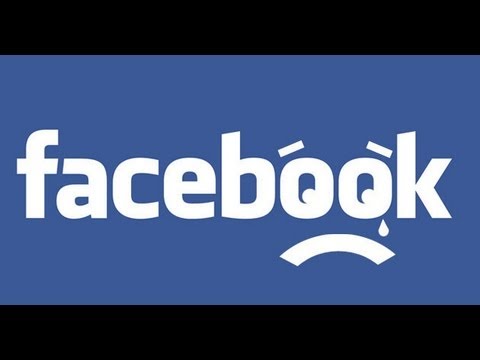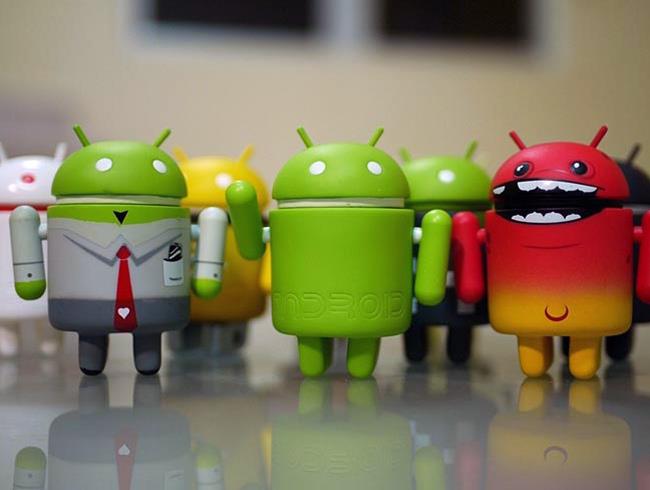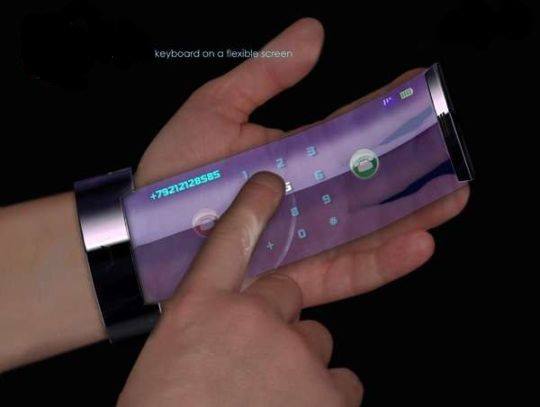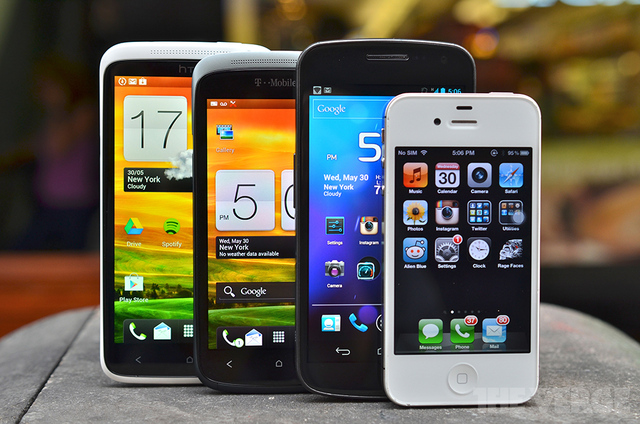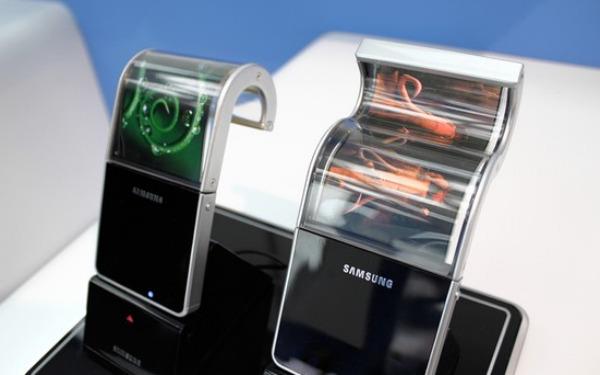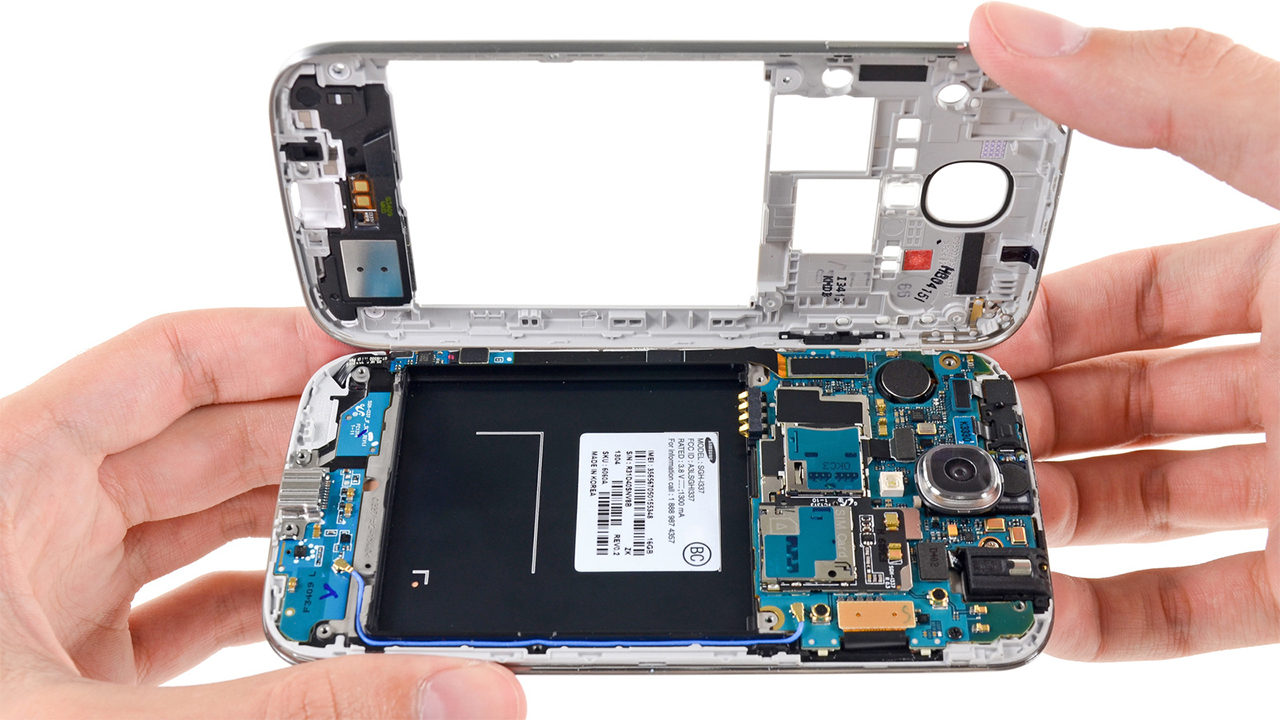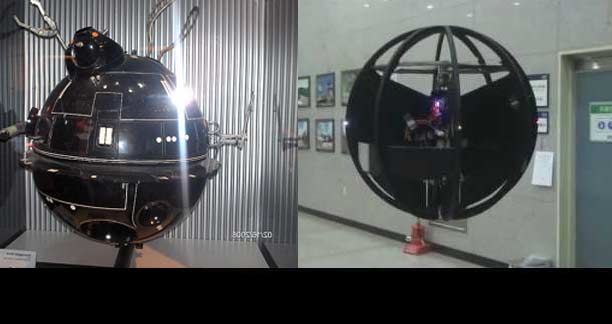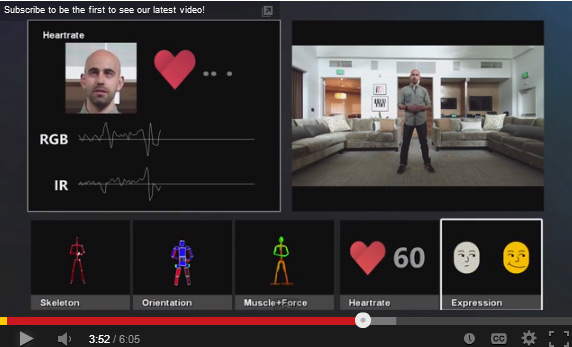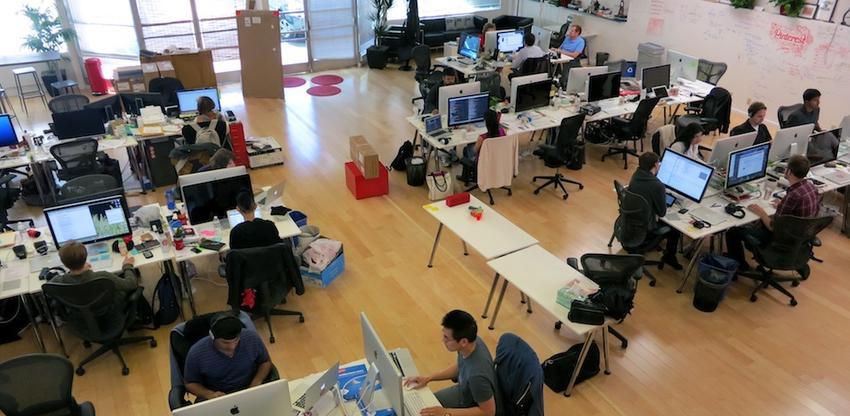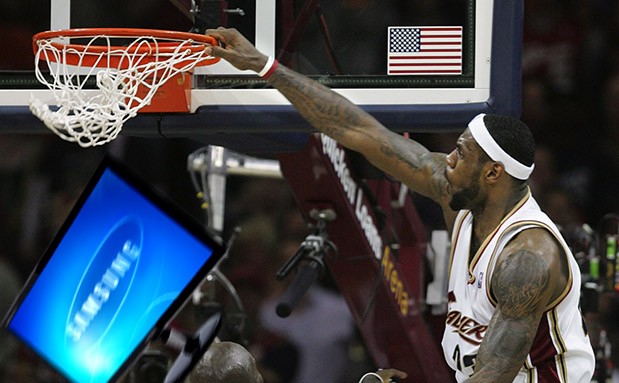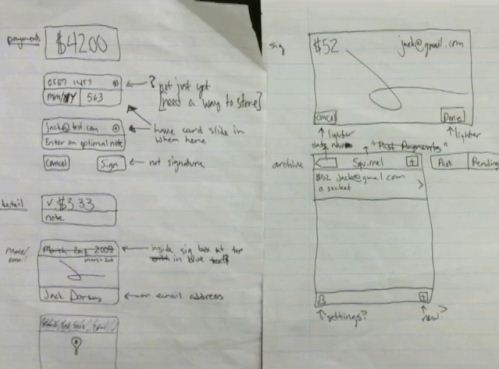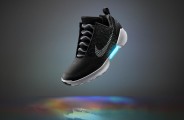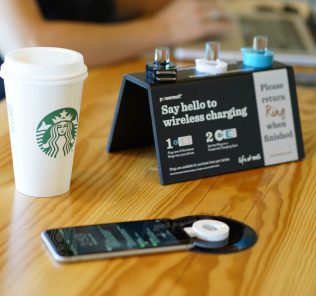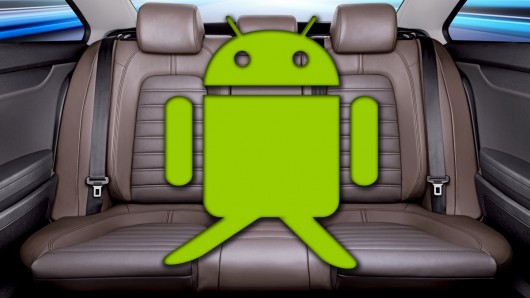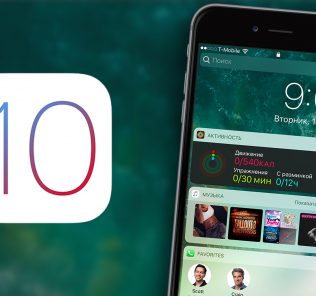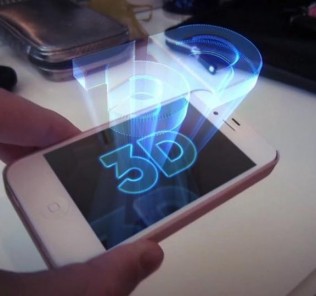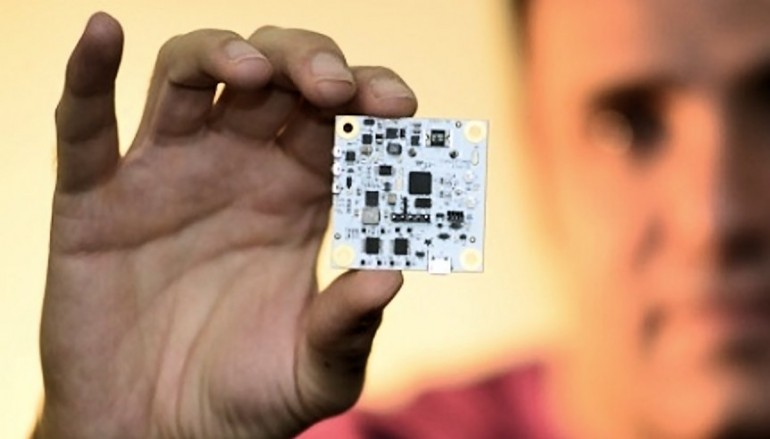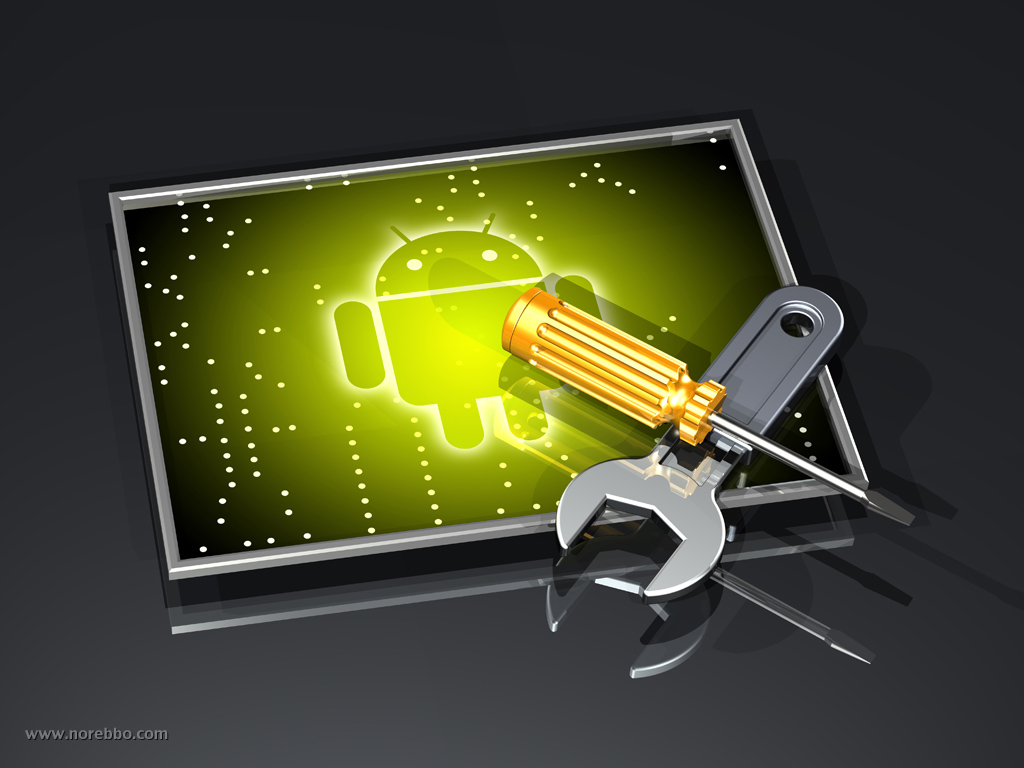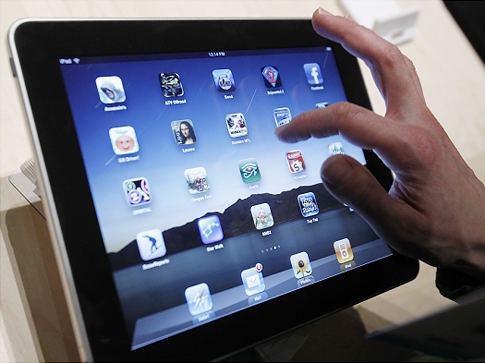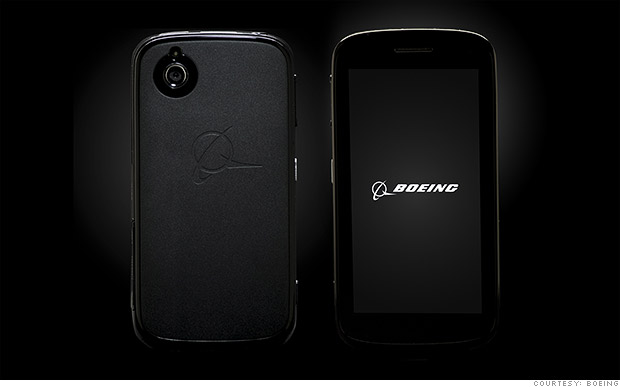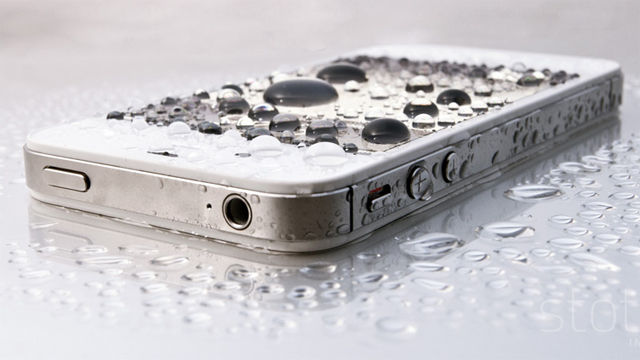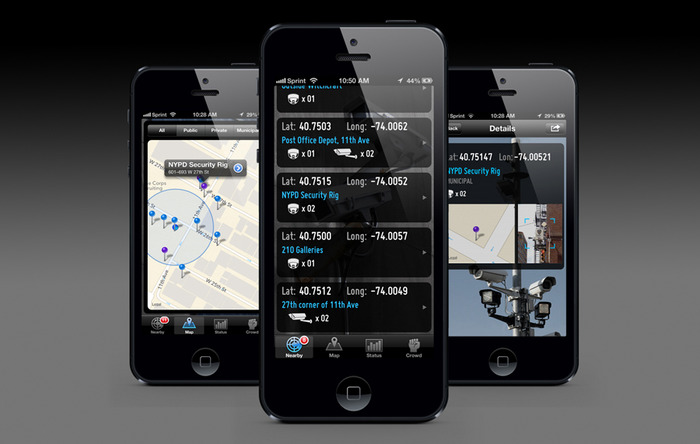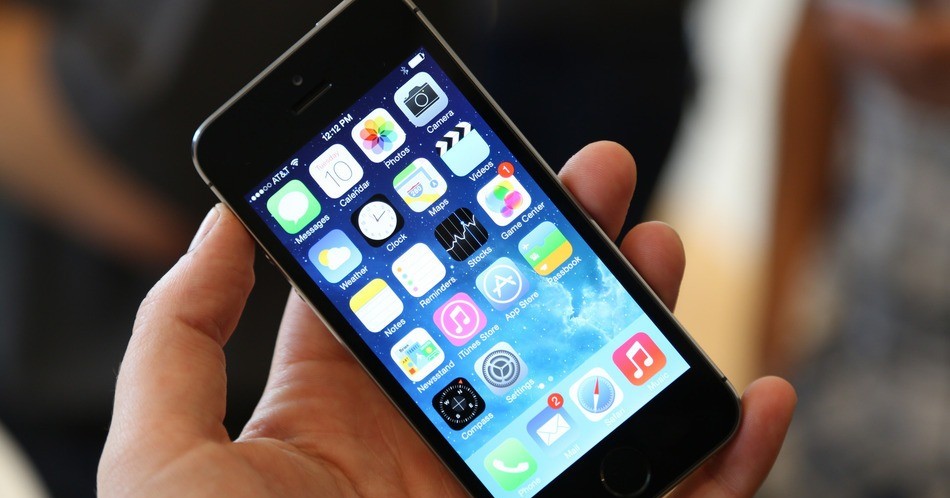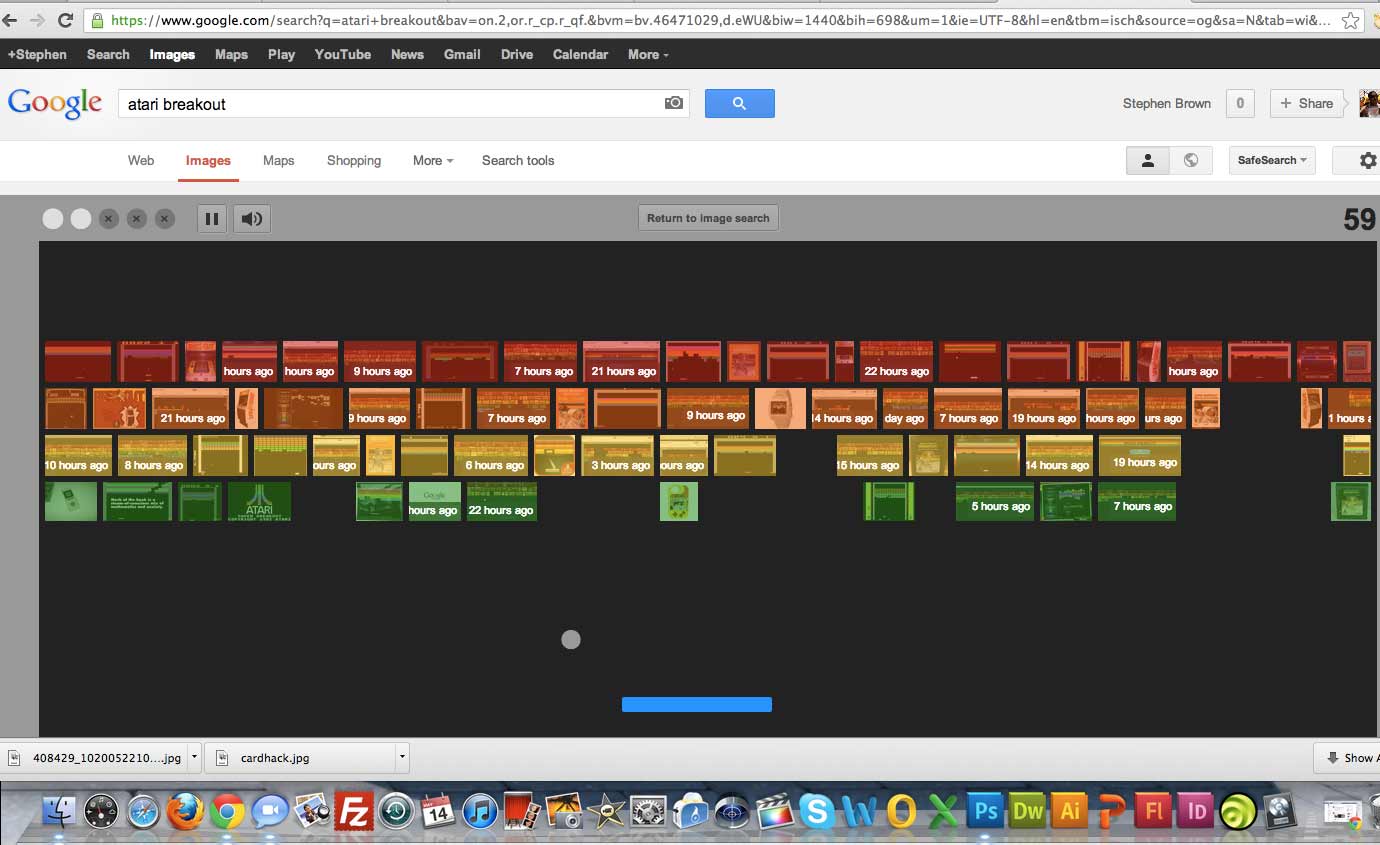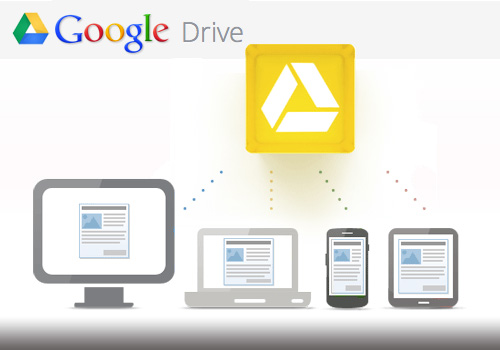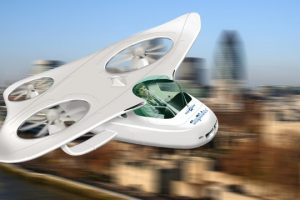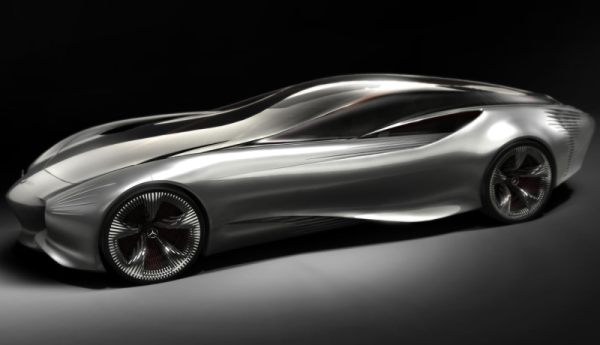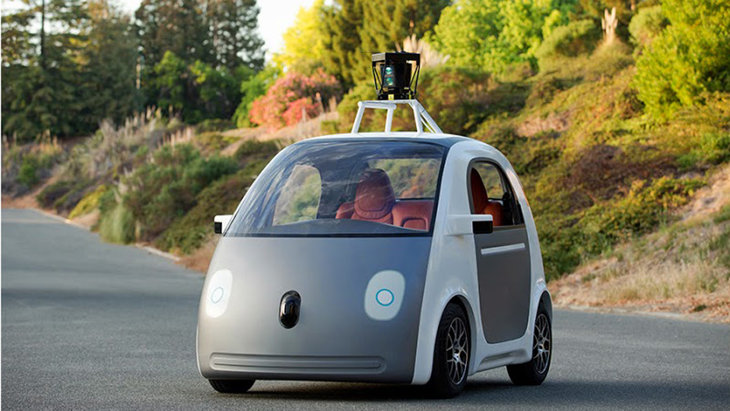Our 2018 Smart Phone Comparison: Everything You Need to Know
The holiday shopping season is here, and that means we’ll be seeing a lot of deals on smartphones. If you’re going to upgrade, which handsets are the best? Let Digital Afro lend a hand, as we compare the features and specs of the top smartphones of 2018.
There were lots of terrific smartphones this year, but we narrowed our list down to an elite nine:
- Apple iPhone X
- Apple iPhone Xc
- HTC One
- Motorola Moto X
- Samsung Galaxy S8
- Google/LG Nexus 5
- Samsung Galaxy Note 3
- LG G2
- Nokia Lumia 1020
Why these nine? Well, you could easily argue that these are the best phones of the year. We also think they’re the phones you’re most likely to see on display in your local wireless or retail store. Plus we managed to squeeze in phones representing each of the three biggest software platforms, and six of the top hardware manufacturers. It’s a Smartphone All-Star Team, if you will.
So without further ado, let’s break down some of the biggest smartphones of the year.
Size
Sizes are all over the place, ranging from Apple’s relatively small iPhones to the huge Samsung Galaxy Note 3 phablet. How much larger is it? Well, the Note 3 has a whopping 59 percent more surface area than the iPhone 5s. The 5s is also the thinnest, while the Moto X and Lumia 1020 tie for thickest.
Weight
No surprise here, as the smallest phone (the iPhone 5s) is also the lightest, while the biggest phone (Galaxy Note 3) is the heaviest. Maybe the biggest surprise is that the Lumia 1020, which is on the smaller end of this bunch, is the second-heaviest. Its hybrid compact camera hardware makes its presence felt.
Build
Plastic is everywhere, with the iPhone 5s and HTC One standing as the only metallic phones in this bunch. But not all plastic is created equal. The iPhone 5c and Lumia 1020 are made of very solid and smooth polycarbonate, the Galaxy S4 gives you a light, flimsy-feeling plastic, the Note 3 simulates leather, while phones like the Nexus 5 and LG G2 have matte finishes.
Colors
You can design your own Moto X from among 18 base colors (along with many more accent color combinations), and the iPhone 5c lets you choose from five colors, most of them rich pastel hues.
Display
Smartphone screen sizes have skyrocketed in the last few years, and this group is a pretty good reflection of that. Apart from the two iPhones, everything is 4.5 inches or larger, topping off with the 5.7-in Galaxy Note 3. Though these two iPhones are bigger than the first five iPhones, the Note 3 gives you 103 percent more screen area.
Resolution and pixel densities are very good all across the board. Some are sharper than others, but most eyes won’t notice a huge difference once you pass the 300 pixels per inch threshold. It’s “plenty sharp” vs. “unnecessarily sharp.”
Storage
Everything but the Lumia 1020 is sold in more than one storage tier. The iPhone 5s and Galaxy S4 offer the most options, and the two Samsung phones are the only ones that include a microSD card slot.
Battery
The Note 3 holds the most juice, and the iPhone 5c holds the least, but lots of other factors determine actual battery life. In fact, in our standard video streaming battery test, the 1,507 mAh iPhone 5c outlasted the 3,200 mAh Note 3 by an hour.
We haven’t had any problems with the uptimes of any of these phones, and each should easily last a full day with typical use.
Cameras
The Lumia 1020 offers the best smartphone camera you can buy today. It isn’t a DSLR, but it’s the closest you’ll get from a 2013 smartphone. The camera/phone hybrid includes optical image stabilization, lossless zoom, and a ridiculous 41-megapixel sensor. Appropriately, it also has one of the most advanced camera control apps on any smartphone, with manual settings for all your photography needs.
The Lumia is the only hybrid on this list, but that doesn’t mean there aren’t some other great cameras in this bunch. The iPhone 5s stands out for its dual LED flash (which leads to better-looking flash photography), solid low-lighting results, and burst mode that automatically uses the sharpest shot.
The HTC One’s camera, despite only having a mere 4 MP, is excellent for low-light photography, and you probably won’t notice the lower resolution unless you do a lot of zooming or cropping.
Motion co-processor
Three of the phones in this list have some internal silicon set aside for motion tracking. The iPhone 5s’ M7 chip lets apps and accessories track your activity without killing battery life. Though it isn’t as prominently featured, the Nexus 5 and Android 4.4 KitKit have a similar function for tracking steps.
The Moto X has a similar motion-tracking processor, but it meets a different end. It can detect when your phone moves, and briefly light up your notifications on the screen (Moto calls it Active Display). You can twist your hand a couple of times to activate the camera app from anywhere. Hell, it can even detect when you’re in a car, and switch to driving mode. And thanks to the motion co-processor, it does all this while still delivering very good battery life.
Stylus
The Galaxy Note 3 is the only full-fledged phablet on this list, and its included stylus (which slides right into the device) gives you a greater sense of precision in everything you do.
Samsung also threw in some truly handy stylus-based software features. Scrawl out a phone number in Action Memo, and automatically add it as a new contact. Draw a box, and fill it with a calculator app to crunch some quick numbers without leaving the app you’re already in. If you’re looking for a singular productivity-oriented mobile device that can replace both phone and tablet, the Note 3 is a great choice.
Software
The two iPhones and the Lumia Windows Phone are the only handsets that don’t have Android under the hood. Only the Nexus 5 and Moto X, though, run pure Android. Samsung, HTC, and LG all throw in their own custom software to try to differentiate their handsets.
Voice assistant
iPhones have Siri, and Android phones have Google Now (along with some crappy Siri knock-offs from Samsung and LG). Right now Windows Phone only has basic voice search and dictation, rather than a concierge-style voice assistant.
Hands-free voice
Voice assistants like Siri and Google Now are handy, but wouldn’t they be even handier if you didn’t have to touch your phone to use them? That was Motorola’s thinking with the Moto X, as you can summon Google Now by uttering the keywords “OK, Google Now” even if your phone is on the other side of the room. And though it can be fooled, the Moto X also “learns” your voice, so others usually won’t be able to activate it with the same keywords.
You can still use Siri and Google Now completely hands-free on other devices, as long as you have something like a Bluetooth headset or a voice-control smartwatch.
Fingerprint sensor
The iPhone 5s’ killer feature is its Touch ID fingerprint sensor. Scan up to five fingers that the phone will trust, and you’ll enjoy passcode protection without the hassle of entering a passcode. You can also use your print to authorize App Store and iTunes purchases.
4G LTE
It took a few years to get to this point, but just about every high-end phone you can buy today will support speedy LTE data. Of course your local carrier will still need to support it for you to get in on the fun.
Processor
We don’t emphasize processors as much as we used to in these comparisons, as most high-end phones are way past the point of concern when it comes to performance. With that said, the iPhone 5s’ A7 chip and the Snapdragon 800 in the G2 and Nexus 5 should deliver the fastest performance on this list.
The iPhone 5s also heralds the arrival of 64-bit smartphone processing, but that means much more to the future of mobile computing than it does to your experience right now.
RAM
RAM starts at 1 GB with the two iPhones, and goes up to 3 GB in the Note 3.
Release cycle
Most of these phones released within the last few months. The HTC One and Galaxy S4 have been around the longest, and are the most likely to spring new models on you within the next five or six months.
Starting price (off-contract)
Prices will vary a bit from retailer to retailer, but these are the standard entry-level asking prices for each handset (in US dollars). The Nexus 5 delivers the most bang for your buck, but that price is only available from Google Play, and, unfortunately, they’re currently backordered by two to three weeks.
Starting price (on-contract)
On-contract prices vary even more than full retail, so you’ll want to check around and take these numbers with a few grains of salt.
The Galaxy Note 3 is a powerful mobile device, but it’s also pretty pricey (especially when you consider its fake leather backing). It might only be the best choice if you want a device that can serve as both a big phone and small tablet.
The best smartphone for you?
So which is the best? Well, that’s going to depend on what you’re looking for. Do you want a bigger screen, or a more compact and portable phone? Do you prefer a solid aluminum finish, or are you happy with plastic? Do you prefer one software platform (iOS, Android, Windows Phone) over another? These are the first questions we’d ask ourselves before narrowing it down.
The Lumia 1020 is the wild card in this bunch. Windows Phone’s app selection still isn’t quite in the same league as Android’s or iOS’, but you also get a full-fledged camera that breaks new ground for smart phones. Just don’t forget that you can now buy a DSLR for relatively cheap, and even entry-level DSLRs still handily outperform Frankenphones like the Lumia.
This is the first year that Apple gives you two new iPhones to choose from. The 5s is the better phone, but you could argue that most of its upgrades are negligible (are a fingerprint sensor and slightly better camera really worth upgrading for?). The 5c, meanwhile, is more playful, with its pastel colors, unique cases, and very solid, “unapologetically plastic” build.
All in all, this might not be an easy decision. But with more great options than ever, there are much worse problems you could have. And if you need












